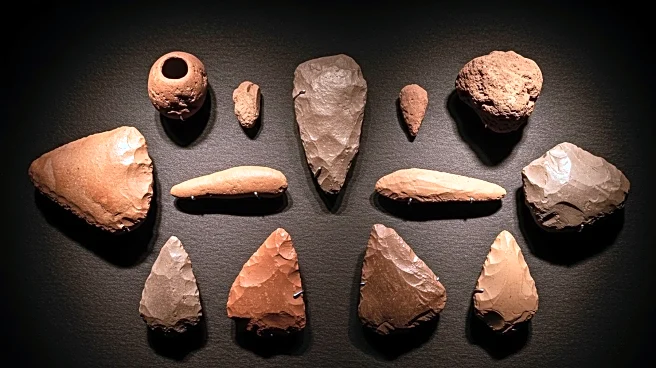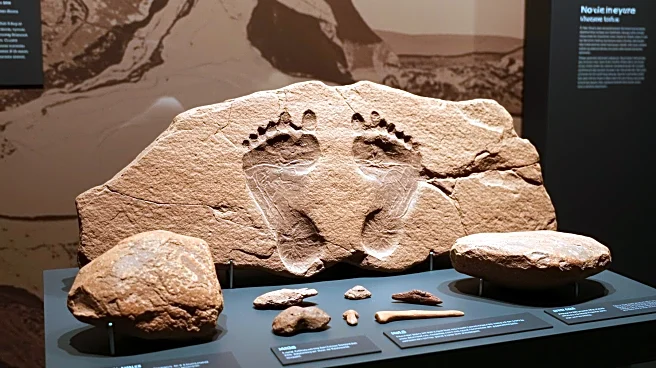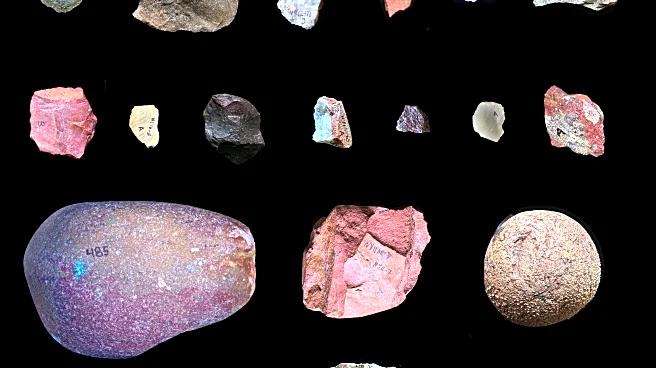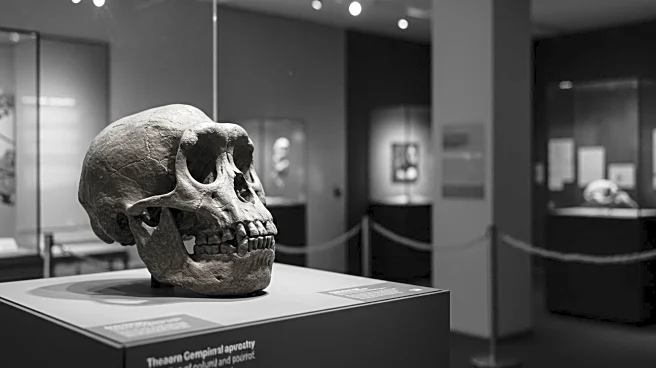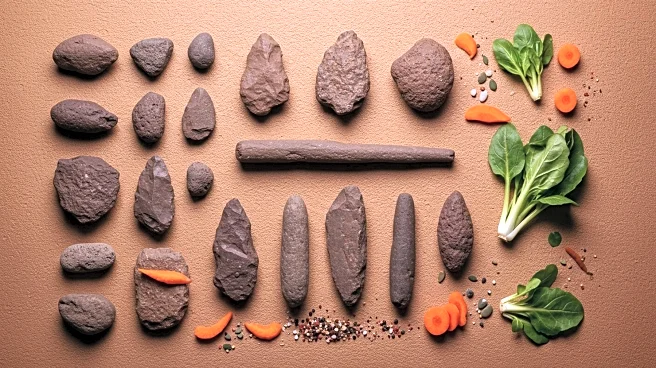Rapid Read • 8 min read
Archaeologists have uncovered evidence that early hominins were transporting high-quality stone over long distances to create tools, dating back 2.6 million years. This discovery was made at Nyayanga, Kenya, where 401 stone tools were analyzed, revealing that toolmakers sourced stone from up to 13 kilometers away. This marks the onset of the Oldowan industry, characterized by more refined tools than those found at Lomekwi, Kenya, which were made from local stone. The findings suggest that early hominins had an understanding of resource distribution at a landscape scale, indicating advanced cognitive abilities in strategizing land use and toolmaking.
AD
This discovery challenges previous assumptions about the cognitive capabilities of early hominins, suggesting they were capable of complex planning and resource management much earlier than previously thought. The ability to transport stone over long distances for toolmaking indicates a significant leap in technological and social development. This has implications for understanding the evolution of human ancestors and their ability to adapt and innovate. It also raises questions about the role of different hominin species, such as Paranthropus, in early toolmaking, potentially broadening the scope of species involved in technological advancements.
Further research is needed to determine the exact identity of the toolmakers at Nyayanga and their relationship to other hominin species. Archaeologists may continue to explore other sites for similar evidence of long-distance resource transport and toolmaking. This could lead to a reevaluation of the timeline and development of early human technology and social organization. Additionally, the findings may prompt new studies into the cognitive abilities of non-Homo species and their contributions to early human evolution.
The discovery at Nyayanga suggests that early hominins were not only foraging for food but also strategically sourcing materials for toolmaking, indicating a complex understanding of their environment. This challenges the notion that only Homo-lineage beings were capable of such feats, potentially redefining the narrative of human evolution. The association of stone tools with Paranthropus remains opens up discussions about the diversity of toolmakers and their ecological roles, highlighting the intricate interplay between different hominin species in prehistoric times.
AD
More Stories You Might Enjoy
